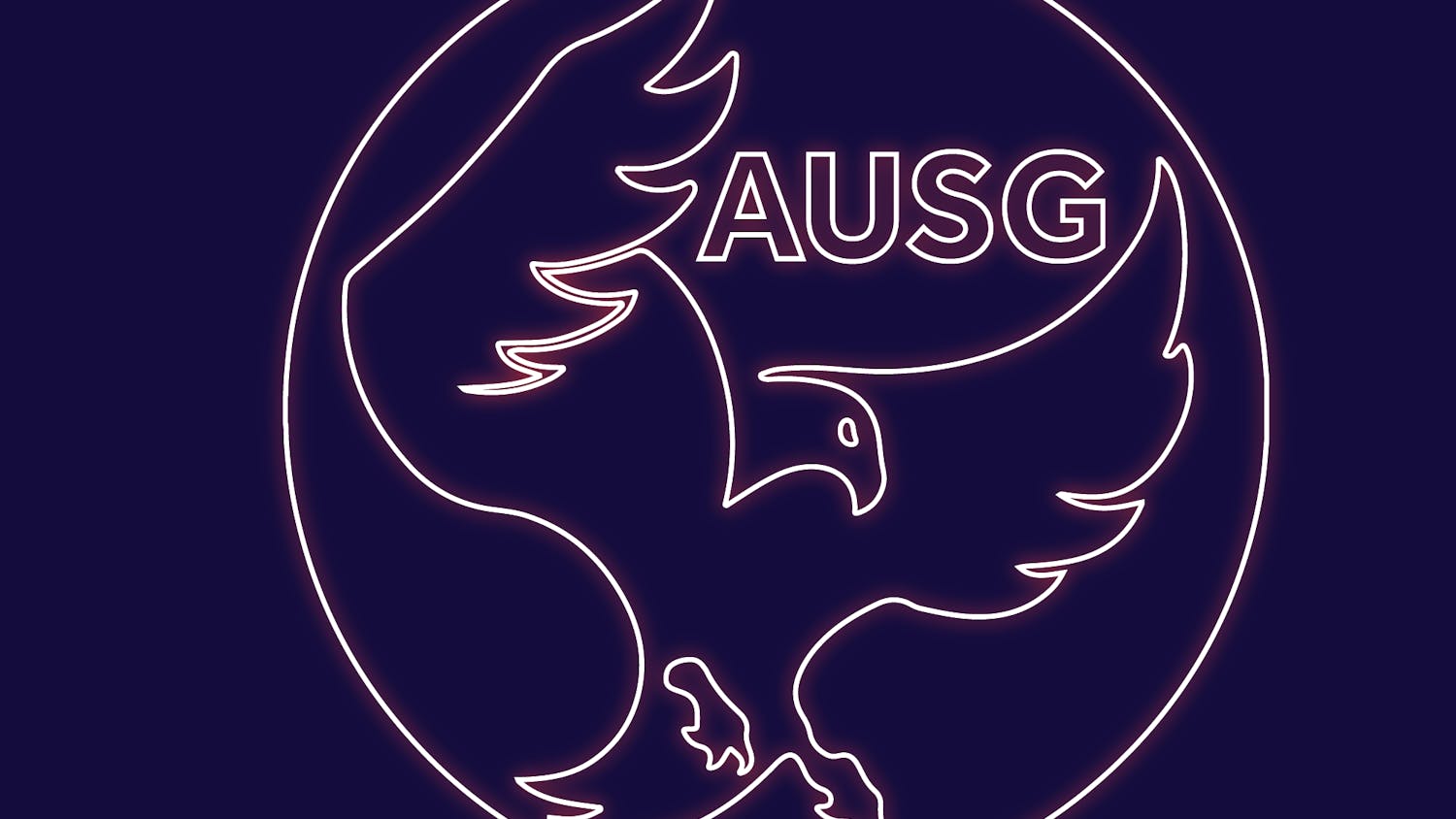AU Public Safety Chief Michael McNair sent an e-mail Oct. 20 to the AU community asking for assistane in identifying a suspect in connection with an Oct. 2 robbery at a Bank of America branch by the Washington College of Law.
"The bank branch is one frequented by members of the AU Community and the neighborhood, [and] it was hoped that someone recognized the suspect," he said in the e-mail.
A reward of $10,000 is available to the person who can identify the offender.
The branch, located on 49th Street N.W. by Crate and Barrel and Starbucks, was robbed at 10:05 a.m. Oct. 20.
The alleged suspect is described as a light-complexioned black man who was dressed in dark sports jacket, white shirt, blue tie and carrying a messenger bag at the time of the robbery. He passed a note to the teller asking for money, and obtained an undetermined amount of cash. The suspect appeared to be unarmed, according to a Metropolitan Police Department description.
No one should be worried about security near the area, according to McNair. The Bank of America had "adequate security for its location," which is "isolated and out of the way," he said.
Most security measures employed by banks are geared toward apprehension, not prevention. In the interest of keeping themselves and their customers safe, bank tellers are instructed to do exactly as a robber says and hand over whatever money he or she asks for, and not try to be heroic, according to The Washington Post.
Common security measures include silent alarms, which immediately summon police; bait money, which can identify the suspect if he has it in his possession later; and electronic trackers, which work off of GPS satellites. Additionally, most banks have security cameras, according to the Post.
Laura White, a junior in the College of Arts and Sciences, said she is unsure whether people would assist the police if there was not a cash reward available.
"Many would, but without that incentive, I think fewer crimes would be solved," she said. "The mentality seems to be, unless it involves me directly, why help out? People rarely see how things indirectly affect them and a bank robbery definitely affects all community members."
Rewards can actually offer a good return for banks. Wells Fargo & Co. in San Francisco instituted a standing $5,000 reward in 1991, and between 1991 and 2004, paid $860,000 to catch 258 suspects, according to the Post.
"More people are likely to know a bank robber than to win the lottery," said William Wipprecht, Wells Fargo's Chief Security Officer. "So we're giving those people the chance of a lifetime."
MPD and the FBI Bank Squad are currently investigating the case.
You can reach this writer at news@theeagleonline.com.




